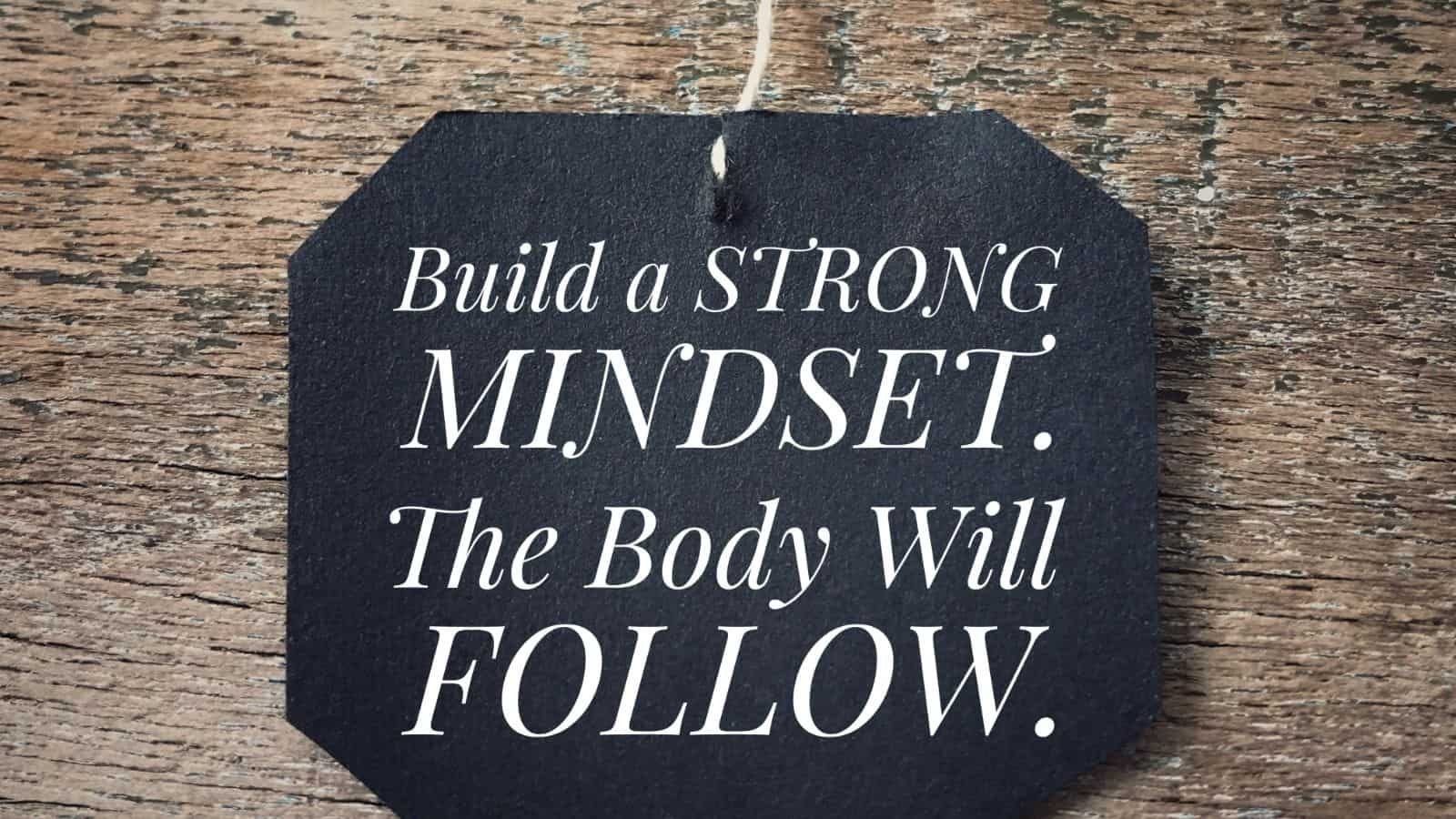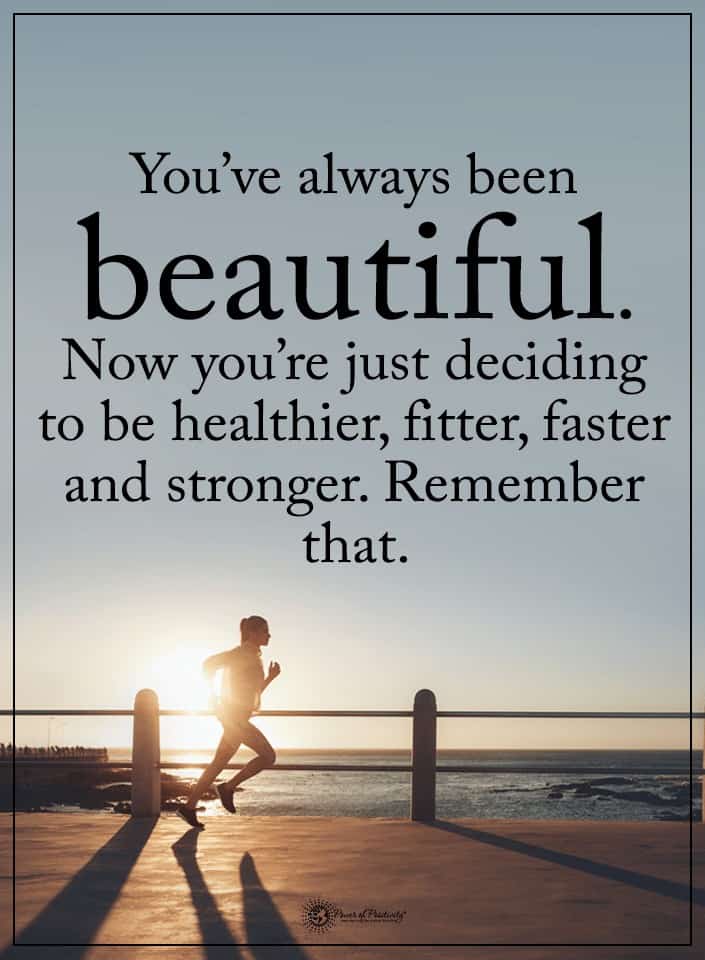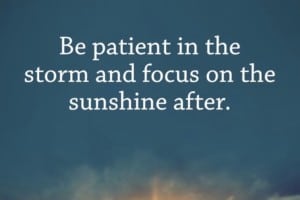Drinking warm salt water every morning might sound strange. However, the benefits are abundant.
Too much salt can harm your body, leading to strokes, fluid retention, osteoporosis, and stomach cancer. These problems come from studies of people who use too much over-processed and refined salt stripped of its beneficial properties.
Too little salt can also cause health problems for us as well. Too little salt can cause “spasms, irregular heart rhythms, sudden death and even increase the risk of heart attack in hypertensive patients.” The average American consumes about two to three teaspoons of salt per day. That amount is almost double the FDA’s recommended daily amount.
In a study of the effects of water lost by workers in hot conditions, researchers found that “in order to obtain the best performance, water must be given in amounts equal to the volume of sweat lost.” Being thirsty did not occur until water loss from sweating had been too much for immediate replacement of fluids lost.
When workers replenished their fluids after a day’s work, it was not enough to compensate for the sweat loss. “The amount of water drunk in the day, during the period of working and sweating, is usually about two-thirds of the amount of sweat lost.”
Researchers said the remaining fluids lost could be made up in food intake.
The Benefits of Salt
Salt has gotten a bad rap, but as we know from our article on the great things that happen from eating Himalayan salt, natural, unrefined, raw Earth salt provides so many essential health benefits.
Unrefined sea salt has more than 80 rare trace minerals, which gives us our daily intake requirement of these elements when we consume the salt.
Drinking warm salt water also helps our hydration process. We can better absorb and use the water we drink with slight saltiness. The salt in the water stimulates our salivary glands to produce saliva, which will also aid our digestion of food later in the morning.
Here’s Why You Should Drink Warm Salt Water Every Morning

The Sole warm salt water drink trend
Sole (pronounced so-lay, like Ol‚) is a warm saltwater drink you can make at home for your morning beverage. Make this saltwater drink by saturating water with salt to create a highly concentrated but dissolved saltwater mixture.
You do not drink saturated salt water. But you can use pre-dissolved saltwater mixtures in a glass of water rather than following the recipe below. Please consult your medical practitioner before drinking warm salt water or sole in the morning, as some health concerns, like hypertension, might worsen by drinking it.
Keep metal utensils, bowls, and jar lids out of making sole, because they can affect the ionization of the salt water, which s part of its benefit. You can use Himalayan salt, Celtic salt, real salt, or sea salt for this as long as it is not refined.
Place one or two cups of salt in a mason jar with a plastic (not metal!) lid and fill it with water. Replace the lid and shake for a minute. Leave the jar on the counter overnight. Most of the salt will dissolve into the water. In the morning, if the salt water mixture still has salt at the bottom of the jar, the water has absorbed as much salt as it can take.
Warm some good quality drinking water and add one teaspoon of the sole water to your drinking water. The recommended ratio is one teaspoon per 16 oz of water. Do not exceed this amount unless directed by a yogic master or physician that it is safe.
Yogic practice of morning cleanse with warm salt water drink
Please consult with your medical practitioner before drinking warm salt water. Ensure you have access to a restroom before drinking this recipe since it will likely bring on a bowel movement.
Many have heard of the practice of cleansing. In yoga, regular advanced practitioners use Shankhaprakshalana (also known as shuddhi kriyas). This process clears the intestinal tract by removing digestive impurities with salty water.

Warm salt water recipe:
- 16 oz of still-warm water, heated to your preference, as you would for hot tea.
- One teaspoon of salt
- juice of half of one lemon
Start drinking warm salt water early, between 6:00 and 7:00 am. Drink one 16oz glass of warm salt water quickly. In a study of this yogic cleansing process, warm salt water was found to help remove infective secretions.
Yoga therapist Ananda Seva also writes in a review of how obesity is helped by yoga that the drinking of warm salt water ‘Will relieve a clogged up and devitalized digestive system, overtaxed bowels, [and] depleted liver and pancreas. As a result, long-forgotten mental and physical lightness; increased vital energy, and clarity of mind are again experienced.’








